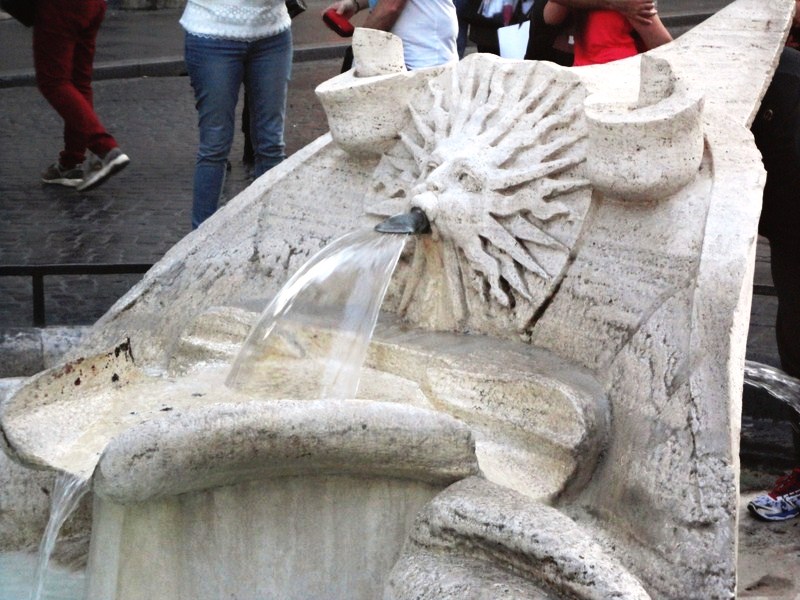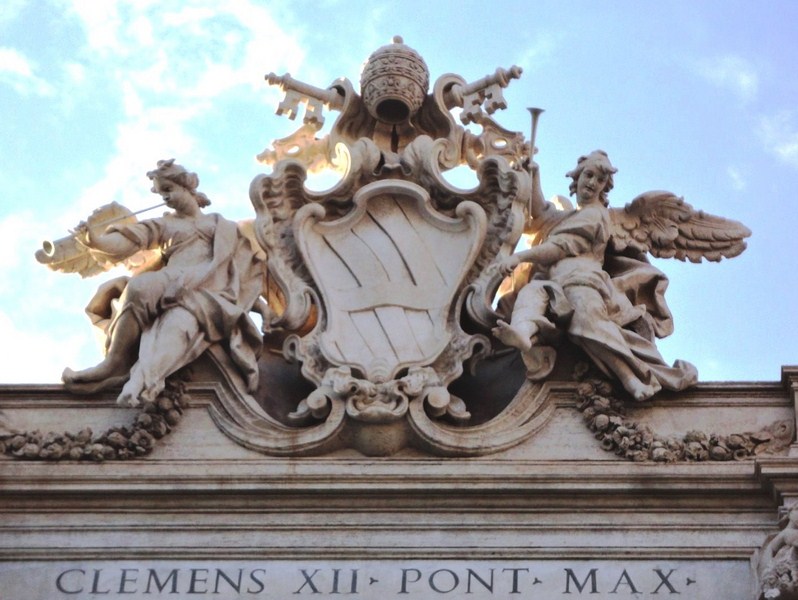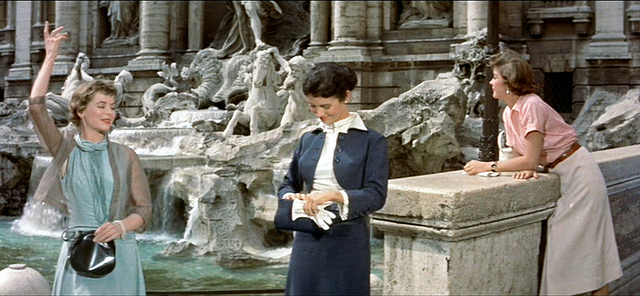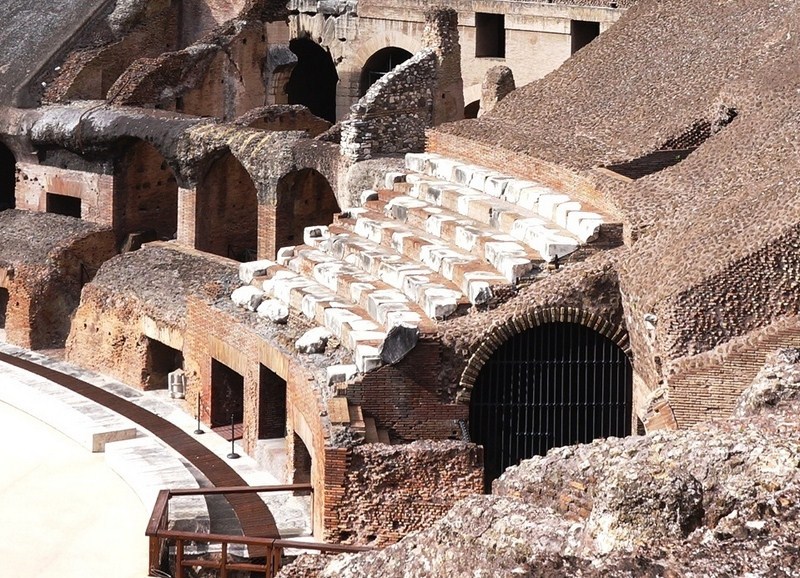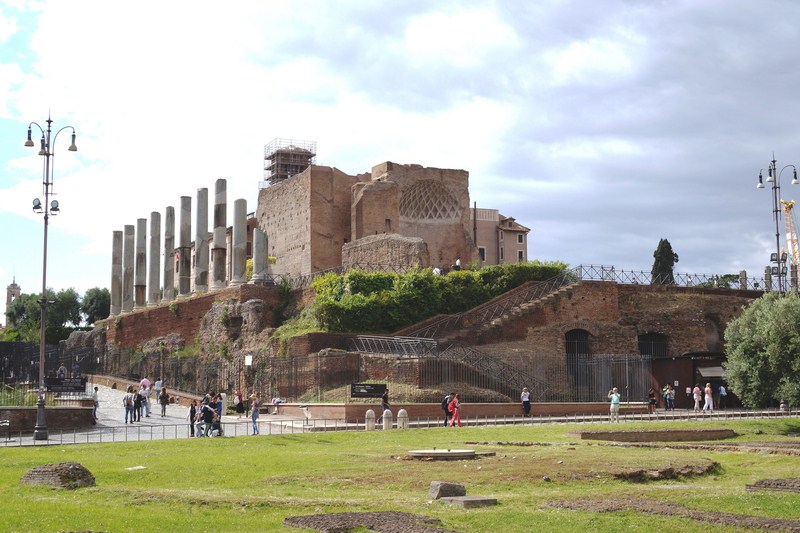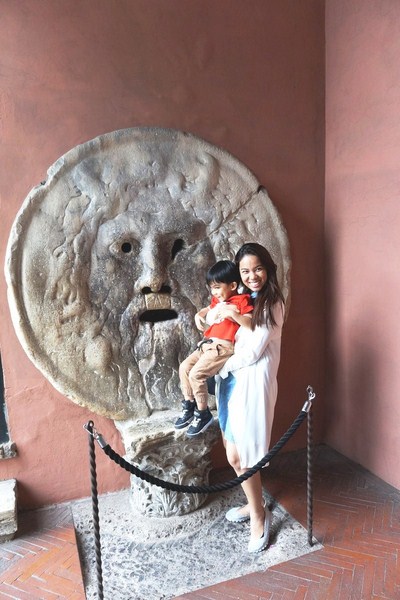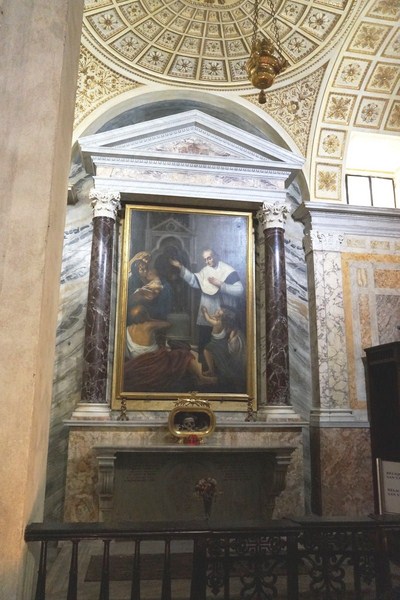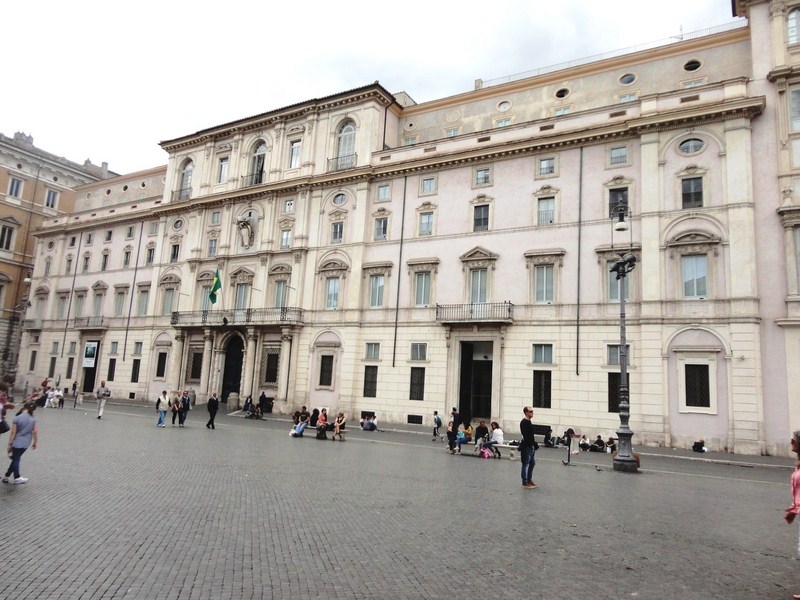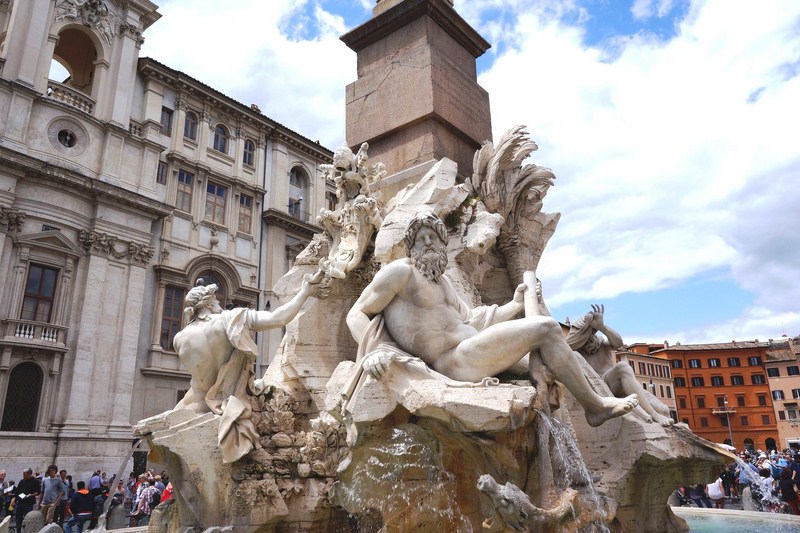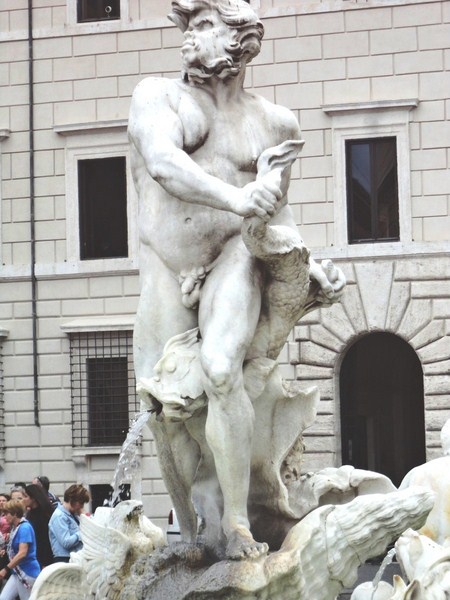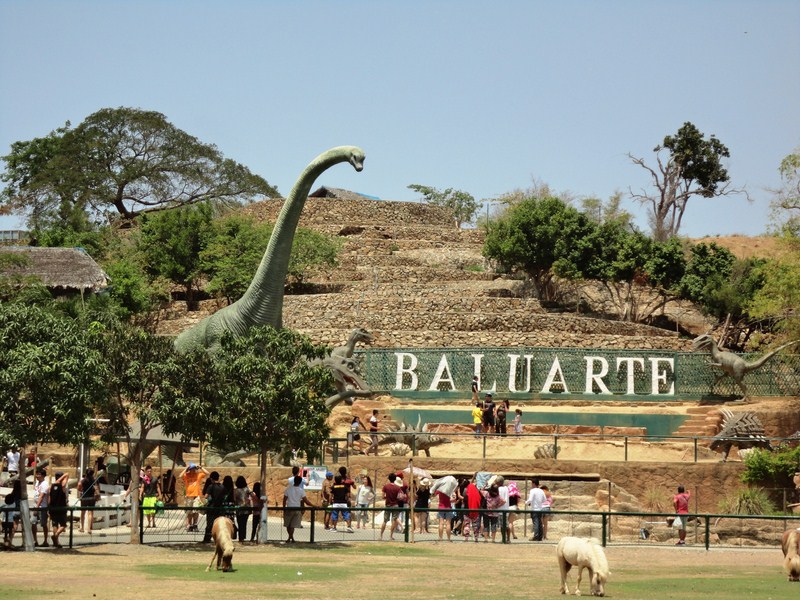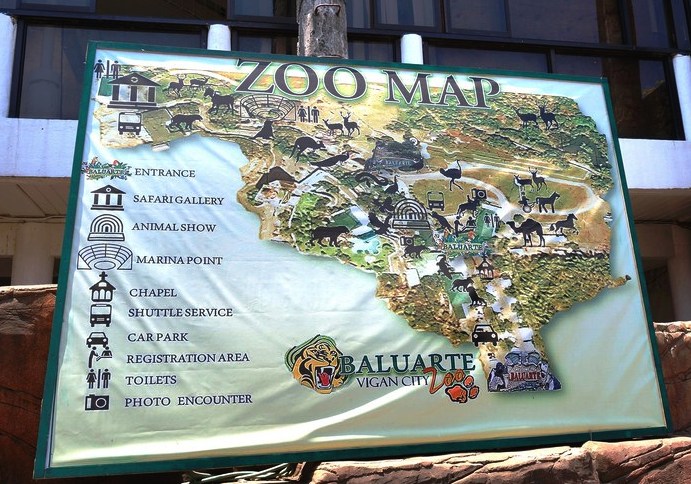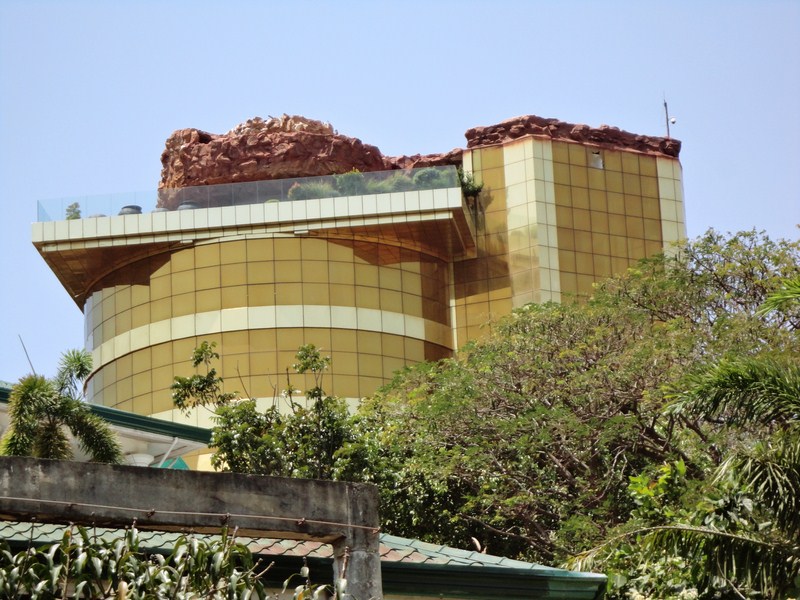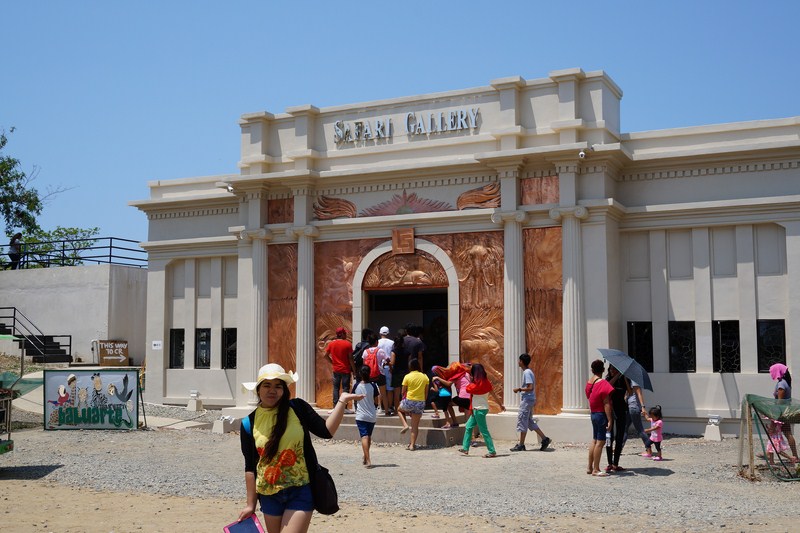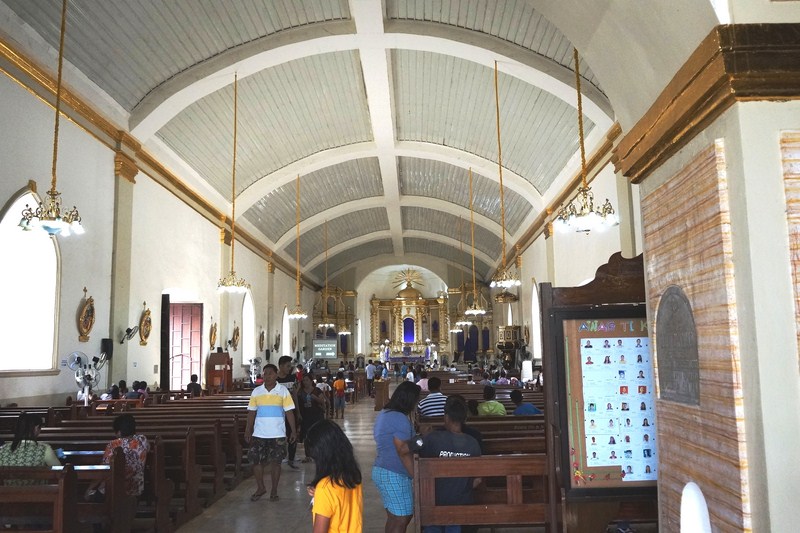The monumental Spanish Steps (Italian: Scalinata di Trinità dei Monti), a stairway of 135 steps (the slightly elevated drainage system is often mistaken for the first step), climbs a steep slope between the Piazza di Spagna at the base and Piazza Trinità dei Monti, was built from 1723–1725 with French diplomat Étienne Gueffier’s bequeathed funds of 20,000 scudi.
Designed by the little-known architect Francesco de Sanctis (though Alessandro Specchi was long thought to have produced the winning entry), following a competition in 1717, it links the Bourbon Spanish Embassy and the Trinità dei Monti church (under the patronage of the Bourbon kings of France), both located above at the top, to the Holy See in Palazzo Monaldeschi below.
At the base of the stairway is the Fontana della Barcaccia (“Fountain of the ugly Boat”), an Early Baroque sculptural fountain built, with travertine as its material, from 1627–29. It is often credited to Pietro Bernini who, since 1623, was Pope Urban VIII’s architect for the Acqua Vergine, an aqueduct from 19 BC which is the source of the fountain’s water. His more famous son, Gian Lorenzo Bernini, was recently said to have collaborated on the decoration. According to a legend, the pope had the fountain installed after he had been impressed by a boat brought here by the 1598 flood of the Tiber River.
Made into the shape of a half-sunken ship, with water overflowing from its sides into a small basin, it was built slightly below street level due to the low water pressure (hence no water spectacle) from the aqueduct which flows from seven points of fountain: – the center baluster; two inside the boat (from sun-shaped human faces) and four outside the boat. As a reminder of Pope Urban VIII’s ancestry, the fountain is decorated with the papal coat of arms of the Barberini family.
As one begins to climb the steps one can see, at the corner on the right, the house where English poet John Keats lived and died in 1821. It is now a museum dedicated to his memory, full of memorabilia of the English Romantic generation.
The Spanish Steps was featured in a number of films, TV shows and music albums:
- The 1953 film Roman Holiday, starring Audrey Hepburn and Gregory Peck, made the Spanish Steps famous to an American audience.
- Halfway up the steps, on the right, was the apartment that was the setting for the 1961 film The Roman Spring of Mrs. Stone.
- A house next to the Steps is also the setting or Bernardo Bertolucci‘s 1998 film Besieged.
- The Steps were featured prominently in the film version of The Talented Mr. Ripley starring Matt Damon in the title role.
- The Spanish Steps are featured in a scene in the 2015 film The Man From U.N.C.L.E.
- The Steps are featured in numerous scenes in Alfred Bester‘s 1956 novel The Stars My Destination.
- In an episode of Everybody Loves Raymond which aired on October 2, 2000, Ray, Debra, Frank, and Marie climb the Spanish Steps during a family vacation in Rome.
- Refugee, a progressive rock group, recorded the song “Credo” in 1974. It contains the lyrics “I believe in constant pauses / Like a Roman holiday / And I often stop for air / As I climb the Spanish stairs.”
- “When I Paint My Masterpiece,” a Bob Dylan song first recorded in 1971 by The Band and later appearing on the album Bob Dylan’s Greatest Hits Vol. II, mentions both the “Spanish Stairs” and the Colosseum.
- In 1995, Norwegian singer/songwriter Morten Harket, from A-ha, released a song called “Spanish Steps” on his album Wild Seed.
- “Walk Through the World,” a Marc Cohn song released in 1993 album The Rainy Season, includes the lyric “From the Spanish Steps to the Liberty Bell, I know the angels have seen us.”
- The title song from Guy Clark‘s Dublin Blues album (1995) contains the lyric: “I loved you on the Spanish Steps / The day you said goodbye.”
- The song “Spanish Steps of Rome,” a bonus track in the North American & Japanese versions of the Mindfields album released in 1999 by American rock band Toto, describes a femme fatale romance that takes place on and around the Spanish Steps.
- In 2005, American rock band Of A Revolution released One Shot from their album Stories of a Stranger, which contains the lyrics “Rome is burning, you can taste the embers / I am walking hard on Spanish Steps.”
- In 2007, John Tesh of Entertainment Tonight fame, recorded an instrumental tune called “Spanish Steps” on his A Passionate Life.
The Spanish Steps have been restored several times, most recently in 1995.
Spanish Steps: Piazza di Spagna, Rome, Italy






